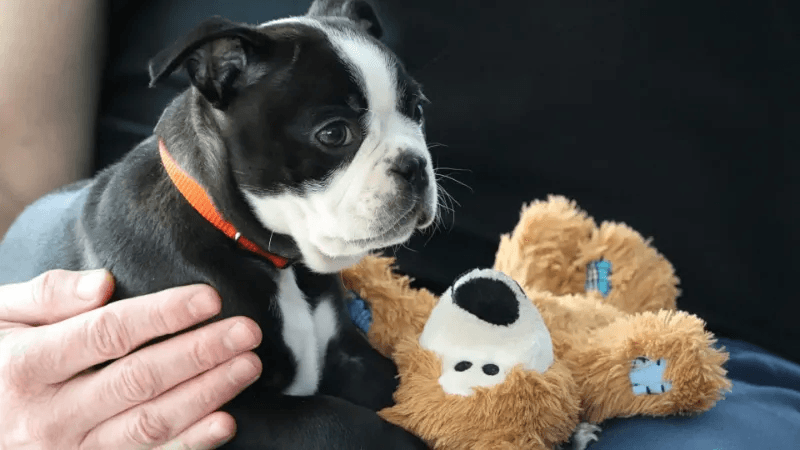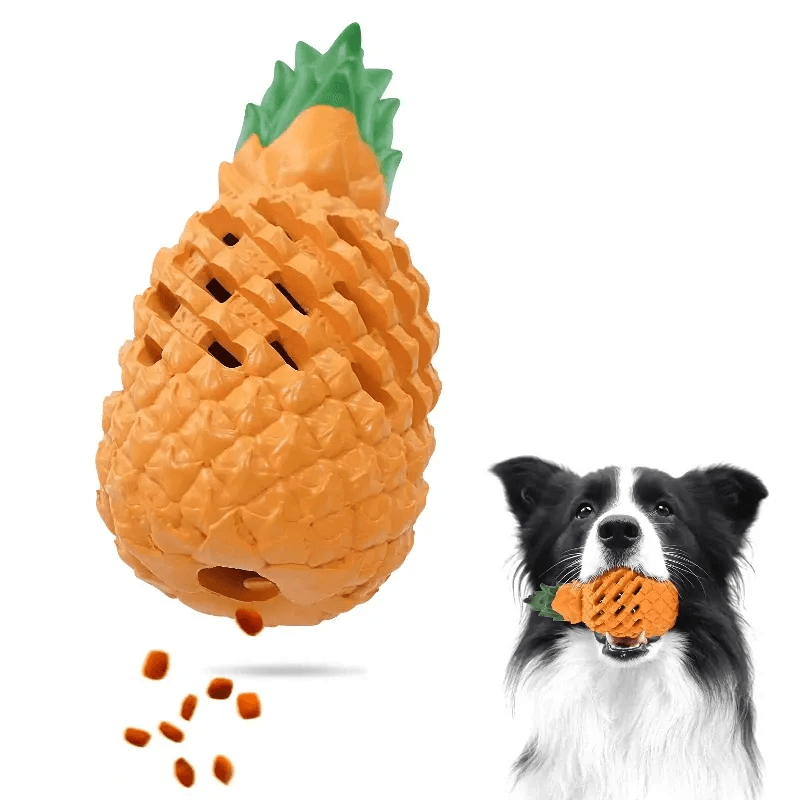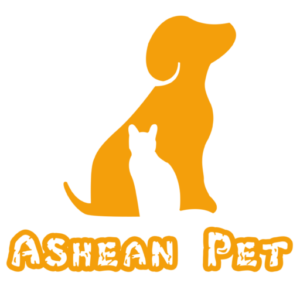
Your dog is happily gnawing on their favorite toy, and suddenly, your toddler decides they want in on the action. It’s a scenario many pet owners and parents have experienced—pets and kids often share more than just your love; they share toys, too! But is it safe for them to do so? In this article, we’ll dive into the safety concerns surrounding shared toys for pets and children and explore what you can do to keep both your fur babies and human babies safe.
The Overlapping World of Pet and Child Toys
In many households, the line between pet toys and children’s toys is, well, a bit blurry. A squeaky rubber ball might be just as enticing to a curious toddler as it is to a playful pup. While it’s heartwarming to see your little ones and furry friends bond over shared play, it’s important to consider the safety implications of this kind of sharing.
Common Safety Concerns
- Choking Hazards: One of the primary concerns with shared toys is the risk of choking. Pet toys, especially those designed for strong chewers, may have small parts or pieces that can break off. While these might not pose a threat to a dog, they can be dangerous for a small child. Similarly, some children’s toys might not be durable enough to withstand a dog’s powerful jaws, leading to small pieces breaking off that could pose a risk to both the child and the pet.
- Material Safety: The materials used in pet toys are not always held to the same safety standards as those used in children’s toys. This means that pet toys might contain substances that are safe for animals but not necessarily for children, or vice versa. For instance, a rubber toy might be perfect for your dog to chew on, but if it contains certain chemicals, it could be harmful if your child decides to take a bite.
- Hygiene Issues: Let’s face it—pets are not the cleanest creatures. A toy that’s been slobbered on, chewed up, and dragged through the yard might not be the best thing for your child to put in their mouth. Bacteria, dirt, and even parasites can hitch a ride on your pet’s toys, making them less than ideal for sharing with your child.
Why Natural Rubber Toys Are a Safer Option
Given these concerns, it’s clear that not all toys are created equal when it comes to being shared between pets and children. However, natural rubber toys offer a safer alternative that can help ease some of these worries.
Durable and Safe for Both
Natural rubber is incredibly durable, making it resistant to even the most enthusiastic chewers. This durability reduces the risk of small parts breaking off and becoming choking hazards. Plus, natural rubber toys are often free from harmful chemicals and toxins, making them a safer choice for both pets and children to handle—or chew on.
Easy to Clean
Natural rubber toys are easy to clean and can withstand frequent washing. This makes it easier to keep the toys hygienic, reducing the risk of your child coming into contact with anything unsavory. Whether it’s a quick rinse under the tap or a more thorough wash with soap and water, maintaining these toys is simple and helps keep both your pet and child safe.
Chemical-Free and Non-Toxic
Many natural rubber toys are made without harmful additives, dyes, or chemicals, making them safer for your child if they decide to taste-test their pet’s favorite chew toy. When choosing toys that might be shared between pets and kids, opting for natural rubber ensures that you’re minimizing the risk of exposure to potentially harmful substances.

Tips for Safely Sharing Toys Between Pets and Children
While natural rubber toys are a great option, there are still some best practices to follow when allowing pets and children to share toys:
- Supervise Playtime: Always keep an eye on playtime when pets and children are involved. This helps prevent any accidental ingestion of small parts or rough play that could lead to injuries.
- Choose the Right Size: Ensure the toys are appropriately sized for both your pet and child. A toy that’s too small could become a choking hazard, while a toy that’s too large might be difficult for your child to handle.
- Regularly Inspect Toys: Check toys frequently for signs of wear and tear. If a toy is showing signs of damage, it’s best to retire it and replace it with a new one to avoid any safety issues.
- Keep Separate Toys: While it’s tempting to let your pet and child share everything, it’s often safer to keep separate toys for each. This minimizes the risk of hygiene issues and ensures that each toy is suited to the specific needs of your pet or child.
- Educate Your Child: Teach your child which toys are for pets and which are for them. This not only helps with safety but also encourages your child to respect their pet’s space and belongings.
Conclusion
Sharing is a beautiful thing—until it’s not. When it comes to toys shared between pets and children, safety should always come first. By understanding the potential risks and choosing safer options like natural rubber toys, you can create a safe and fun environment for both your little ones and your furry companions. So, the next time you see your dog and child bonding over a toy, you can relax knowing you’ve made the best possible choice for their safety.

Frequently Asked Questions (FAQ)
- Can natural rubber toys be used for both pets and children?
Yes, natural rubber toys are durable, non-toxic, and safe for both pets and children, making them a great option for shared play.
- How often should I clean natural rubber toys?
It’s a good idea to clean natural rubber toys regularly, especially if they’re being shared between pets and children. A quick rinse after each use and a more thorough cleaning weekly should keep them hygienic.
- Are there any risks associated with letting pets and children share toys?
While sharing toys can be safe, it’s important to be mindful of potential risks like choking hazards, chemical exposure, and hygiene issues. Choosing durable, non-toxic toys and supervising playtime can help mitigate these risks.
- What should I do if a natural rubber toy shows signs of wear?
If a natural rubber toy starts to show signs of wear, such as cracks or missing pieces, it’s best to replace it. Damaged toys can pose a choking hazard to both pets and children.
- Is it better to keep separate toys for pets and children?
While it’s possible for pets and children to share toys safely, keeping separate toys is often the best approach to ensure that each has toys suited to their specific needs and safety requirements.
